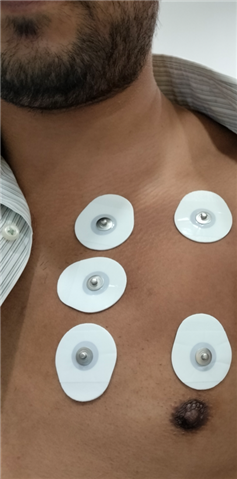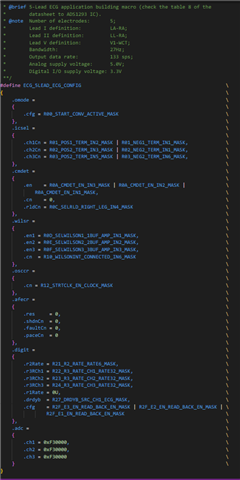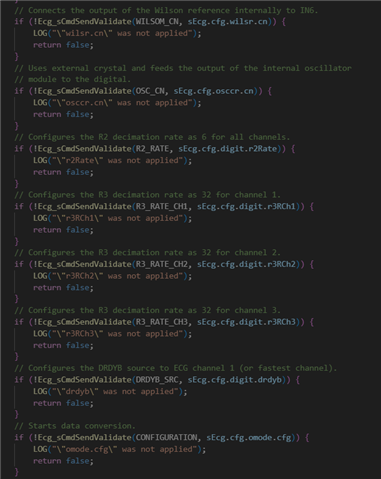Hello,
We are trying to measure ECG of the human body using ads1293.
When we connect the electrodes with simulator it works fine as shown in picture.
We are using 5 lead configuration. when using simulator we keep v1 floating.


when we connect it with human body using pads, A noise is interfered in the output.


The register setting through code is



and the schematic is:

Please guide us what we are doing wrong or what shall be done to avoid this noise. Is there is any configuration of ads1293 that can filter this noise?
Please help us we have been stuck in this for long now.
Regards,
Hussain Rizvi


